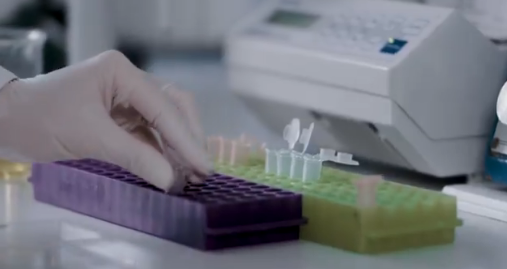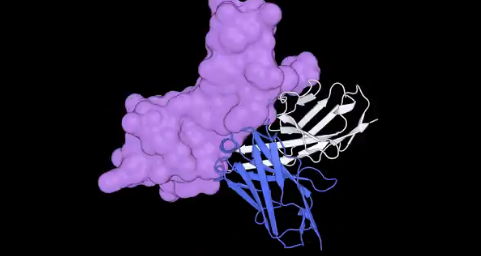Chai Discovery launched its new AI model, Chai-2, on June 30, 2025, marking a major breakthrough in the field of antibody design. Chai-2 is known for its zero-shot antibody design capabilities, with an experimental hit rate of 16-20%, far exceeding the industry standard of 0.1% for traditional methods, injecting new momentum into biopharmaceutical research and development.
Chai-2 uses a multimodal generation architecture, integrating all-atom structure prediction and generative modeling, which allows it to design the complementarity determining regions (CDRs) of antibodies from scratch, given only the target structure and epitope. AIbase analysis shows that the model requires no templates or high-throughput screening, completing the entire process from design to validation in just two weeks, generating antibodies with nanomolar affinity and drug-like properties. In 52 unsolved antigen tests, Chai-2 showed significant superiority, and all five microprotein targets were successfully tested, demonstrating its potential to surpass traditional methods.

Although not fully open-sourced, Chai Discovery shared technical details through a whitepaper and plans to collaborate with academia and industry. AIbase observed that social media discussions about Chai-2 are enthusiastic, and its efficient design capabilities are considered promising for accelerating drug development for cancer treatment and infectious disease prevention. The model's performance on complex antigens still needs improvement, and future efforts will focus on expanding the dataset and improving algorithms to enhance generalization capability.

AIbase believes that Chai-2's high hit rate and rapid verification cycle will drive antibody drug development, reduce costs, and show great potential, especially in addressing emerging diseases and personalized medicine. Chai Discovery plans to integrate more AI technologies to build a comprehensive molecular design platform. The release of Chai-2 not only demonstrates the innovative integration of AI and biotechnology but also provides new tools for the global scientific community, signaling a new era in antibody discovery.
